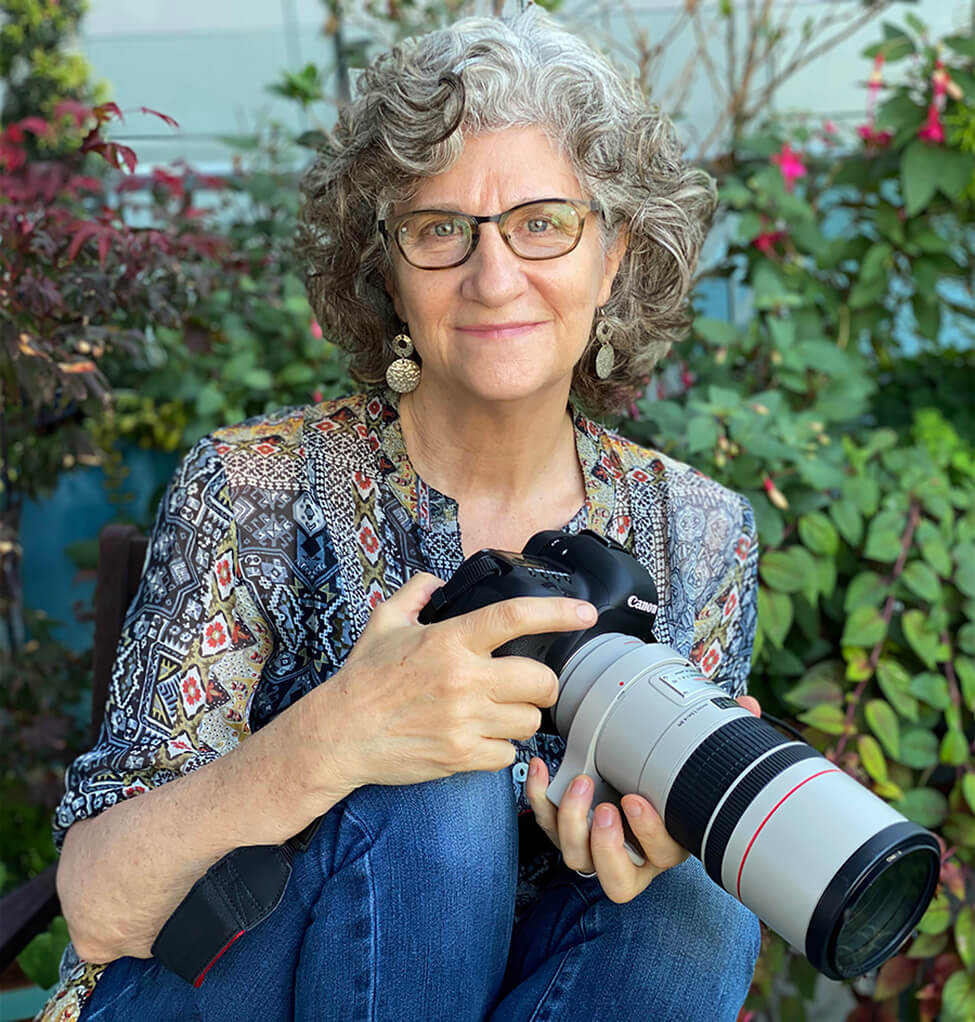Gloria Baker Feinstein was born and raised in Lexington, Kentucky. She received both her BA (Communication Arts - 1976) and MA (Photography and Graphic Design - 1979) at the University of Wisconsin-Madison. From 1981until 1990 she operated The Baker Gallery, a gallery for contemporary fine art photography in Kansas City, Missouri. Since 1995 Feinstein has worked as a portrait and fine art photographer. From 2007 through 2019, she was the founding director of Change the Truth, a non-profit organization that provided educational assistance to Ugandan orphans. After living in Kansas City for 38 years, she moved to the Pacific Northwest in 2018 and is now based in Portland, Oregon. Her photographs have been included in exhibitions across the country and can be found in the collections of the Portland Museum of Art, the Nelson-Atkins Museum of Art, the High Museum of Art, the University of Kentucky Art Museum, Cassilhaus and the Nerman Museum of Contemporary Art, to name a few. Feinstein's pictures are published regularly in Sun Magazine and New Letters Magazine. Her self-published book titles are
Convergence (2002),
Among the Ashes (2004),
Kutuuka (2009) and
Some Grandmas (2015). Her most recent book, published in the summer of 2022 is entitled
I Hope You Find What You're Looking For.
I Hope You Find What You're Looking For
